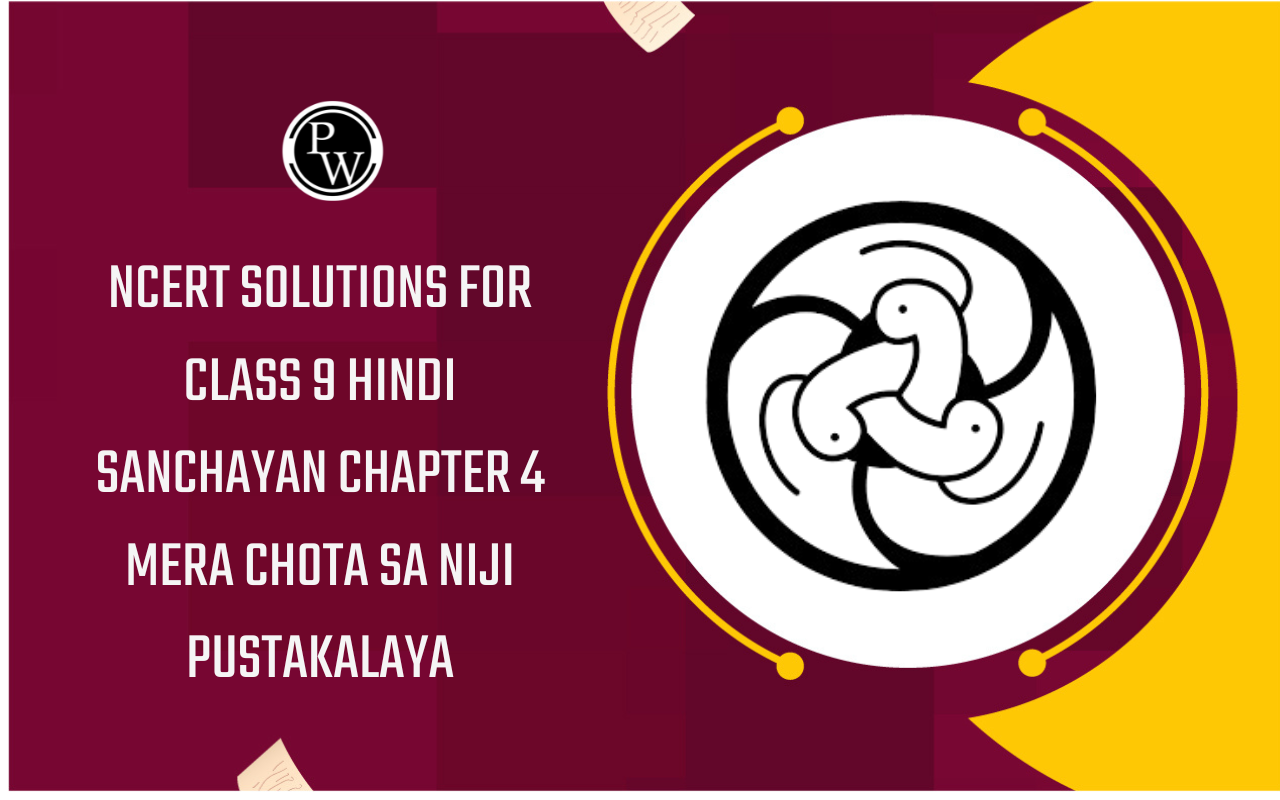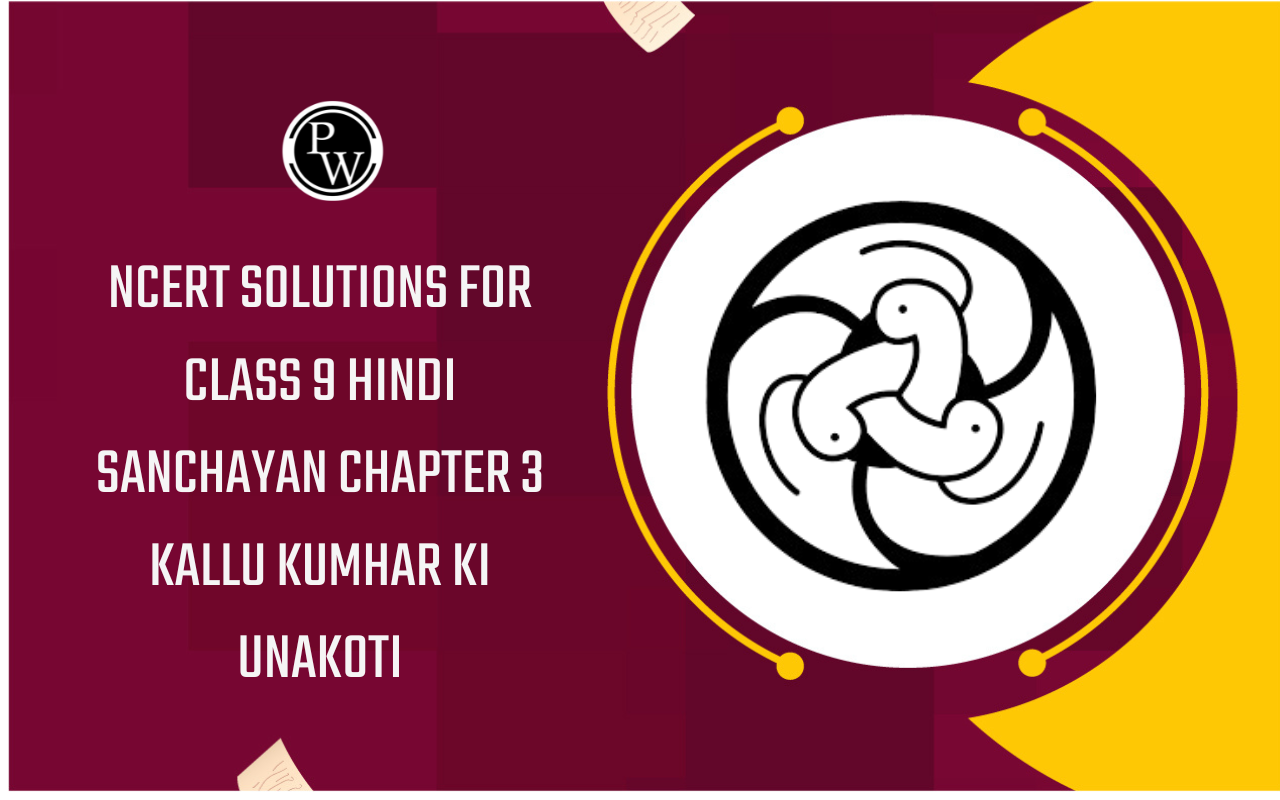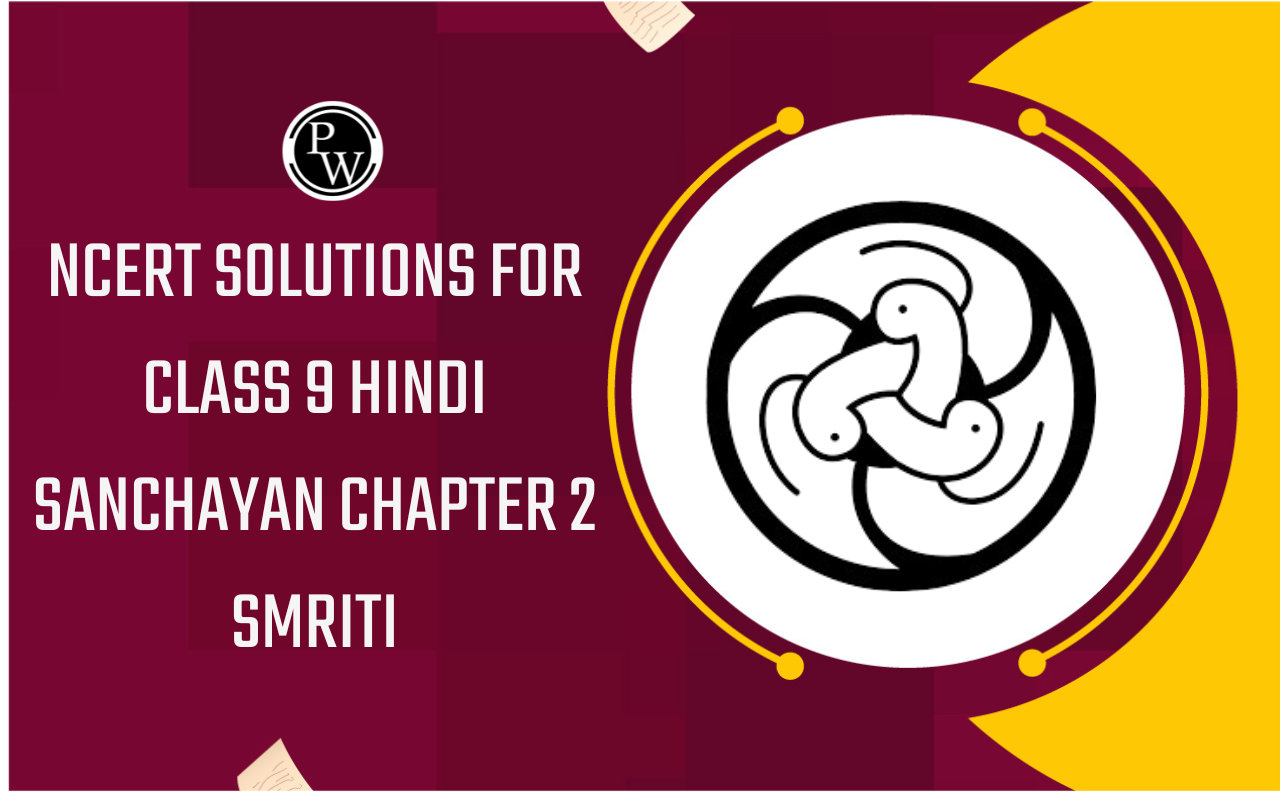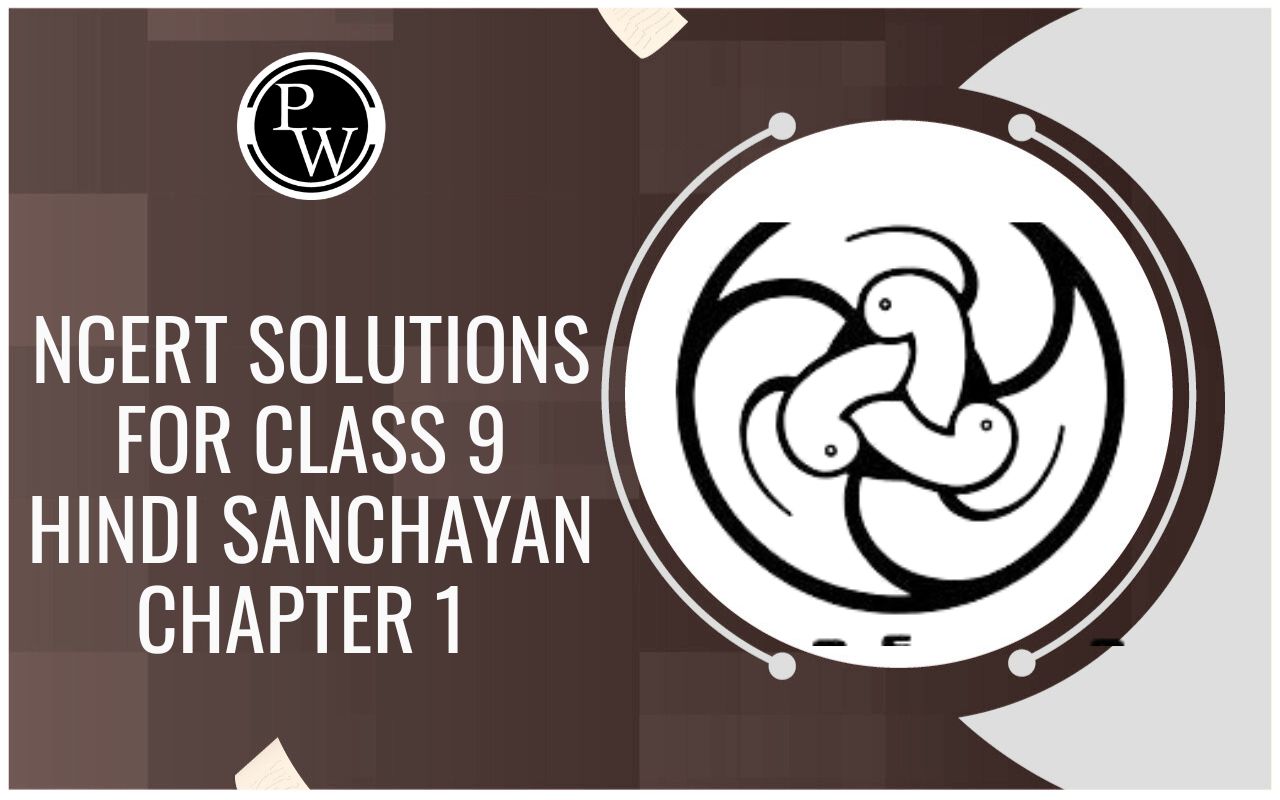
ICSE Worksheet for chapter-7 Refraction through a Lens class 10
Worksheet For class 10
This page is prepared by the Academic team of Physics Wallah which consists of ICSE Board Worksheet for Class 10 Physics . Students of Class 10 Physics can get a free Worksheet for Class 10 Physics in PDF format prepared as per the newest syllabus and examination pattern in your schools.
Standard 10 students can practice questions and answers which are given here for Physics in Grade 10 that will help them to improve their knowledge of all important chapters and their topics. Students can also download free pdf of Class 10 Physics Notes prepared by teachers and solve important problems provided here with solutions on daily basis to get more scores in school exams and tests.
If any students need to take the online test to check their concepts or undertstanding then they can visit Physics Quiz for Class 10 .
Summary
- Lens, types of lenses, Terms related to a lens, Types of images – Real and Virtual
- Characteristics and location of images for a convex lens and concave lens
- Power, Magnification and determination of focal length of a lens
Section 1 - Objective
Q1. A virtual image smaller than the object can be formed by:
- Convex lens
- Concave lens
- Concave mirror
- Plane mirror
Q2. We put glass piece on a printed page; image of prints on the page has same size when viewed from glass piece. The piece is:
- Convex lens
- Glass slab
- Concave lens
- Prism
Q3. Which of the following is diverging in nature ?
- Plane mirror
- Convex lens
- Concave lens
- None of these
Q4. If image formed by a lens is always diminished and between F and O then the lens is:
- Concave
- Convex
- Both A and B
- None of these
Q5. If a convex lens is thin its focal length is:
- Small
- Large
- Nothing can be said
- None of these
Q6. A lens of power 6 D is put in contact with a lens of power -4 D. The combination will behave like a:
- Divergent lens of focal length 25 cm
- Convergent lens of focal length 50 cm
- Divergent lens of focal length 20 cm
- Convergent lens of focal length 100 cm
Q7. If the magnification of a lens has negative value, the image is:
- Virtual and erect
- Real and inverted
- A or B any
- Neither A nor B
Q8. If an object of size 5 cm is placed 20 cm from a lens and its image of same size is formed 20 cm from lens on other side, lens is :
- Convex
- Concave
- Glass slab
- Prism
Q9. Express the power of a concave lens of focal length 20cm with its sign.
- 5D
- -0.5D
- -5D
- 0.5D
Q10. A ray of light passing through optical centre suffers:
- Reflection
- Refraction
- Total internal reflection
- None of these
Section 2 - Subjective
Q1. A converging lens is used to obtain an image of an object placed in front of it. The inverted image is formed between F 2 and 2F 2 of the lens.
- Where is the object placed?
- Draw a ray diagram to illustrate the formation of the image obtained.
Q2. An erect, magnified, and virtual image is formed, when an object is placed between the optical centre and principal focus of a lens.
- Name the lens.
- Draw a ray diagram to show the formation of the image with the above stated characteristics.
Q3. Define lens. State the types of lenses
Q4. Define the following:
- Centre of curvature
- Principal axis
- Optical centre
- Power of a lens
Q5. Explain the construction and principle of a simple microscope with a ray diagram.
Q6. An object is placed 12 cm away from the optical centre of a lens. Its image is formed exactly midway between the optical centre and the object.
- What is the nature of the lens?
- Is the image formed erect or inverted?
- Draw a ray diagram to show the image formed.
- Calculate the focal length of the lens used.
Q7. A 5 cm tall object is placed perpendicular to the principal axis of a convex lens of focal length 20 cm. The distance of the object from the lens is 30 cm Find the
- Position,
- Nature and
- Size of the image formed.
Solutions for Section 1 & 2
Objective Problems:
|
1. (B) |
2. (B) |
3. (C) |
4. (A) |
5. (B) |
6. (B) |
7. (B) |
8. (A) |
9. (C) |
10. (D) |









